
艾格尼丝马丁:她的生活和艺术 英文原版 Agnes Martin
¥ 150 7.5折 ¥ 200 九五品
仅1件
作者Nancy Princenthal
出版社Thames & Hudson
ISBN9780500294550
出版时间2018-11
印刷时间2018-11
印数1千册
装帧平装
开本18开
纸张铜版纸
页数320页
字数1千字
定价200元
上书时间2024-09-08
- 在售商品 暂无
- 平均发货时间 24小时
- 好评率 暂无
- 店主推荐
- 最新上架
商品详情
- 品相描述:九五品
- 商品描述
-
Paperback: 320页
出版社: Thames & Hudson; 1 (2019年1月8日)
语种: English
ISBN-10: 0500294550
ISBN-13: 978-0500294550
产品尺寸及重量: 165 x 240 x 27.94mm | 660g
页面参数仅供参考,具体以实物为准
内容简介
Over the course of a career that spanned fifty years, Agnes Martin’s austere, serene work anticipated and helped to define Minimalism, even as she battled psychological crises and carved out a solitary existence in the American Southwest. Martin identified with the Abstract Expressionists but her commitment to linear geometry caused her to be associated in turn with Minimalist, feminist, and even outsider artists. She moved through some of the liveliest art communities of her time while maintaining a legendary reserve. “I paint with my back to the world,” she says both at the beginning and at the conclusion of a documentary filmed when she was in her late eighties. When she died at ninety-two, in Taos, New Mexico, it is said she had not read a newspaper in half a century.
About the Author
Nancy Princenthal is a New York–based writer. A former senior editor of Art in America, where she remains a contributing editor, she has also written for the New York Times, Parkett, the Village Voice, and many other publications. She is currently on the faculty of the MFA art writing program at the School of Visual Arts. Her previous book, Agnes Martin, won 2016 PEN/ Jacqueline Bograd Weld award for biography.
相关推荐
-
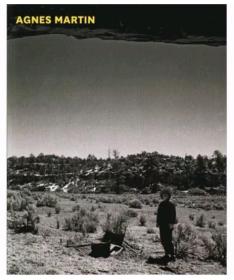
艾格尼丝·马丁 Agnes Martin
九五品北京
¥ 325.00
-
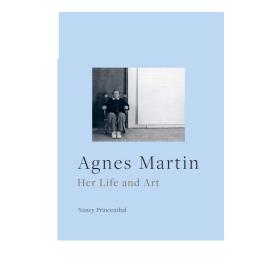
艾格尼丝马丁:她的生活和艺术 进口艺术 Agnes Martin
九五品吉安
¥ 187.60
-

艾格尼丝马丁:她的生活和艺术 进口艺术 Agnes Martin
九五品北京
¥ 230.00
-
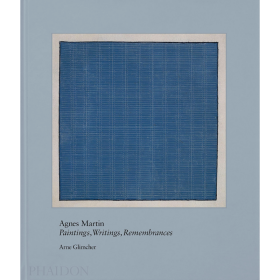
Agnes Martin 进口艺术 艾格尼丝马丁
全新北京
¥ 820.00
-
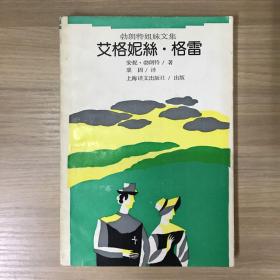
艾格尼丝格雷
八五品中山
¥ 80.00
-
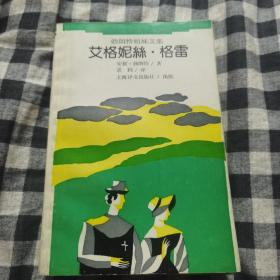
艾格尼丝格雷
九五品青岛
¥ 50.00
-
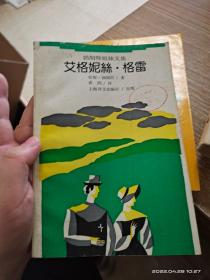
艾格尼丝·格雷
八五品衡水
¥ 95.00
-

Agnes Martin: Painting Writings Remembrances | 艾格尼丝·马丁:绘画 著作 回忆
九五品广州
¥ 762.00
-
![[正版新书]Chinese Destinies艾格尼丝?史沫特莱](https://www0.kfzimg.com/sw/kfz-cos/kfzimg/debacbde/0095c1857a0893f2_s.jpg)
[正版新书]Chinese Destinies艾格尼丝?史沫特莱
全新廊坊
¥ 67.00
-

纪念邮戳卡-艾格尼丝·史沫特莱
全新通辽
¥ 22.00
— 没有更多了 —












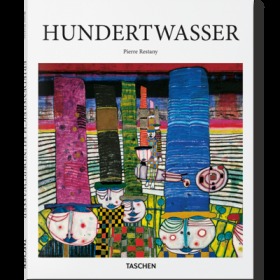

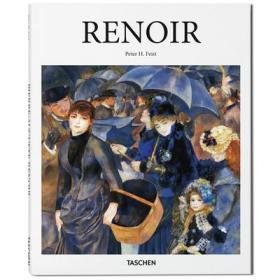
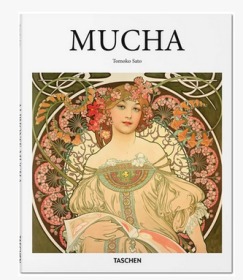



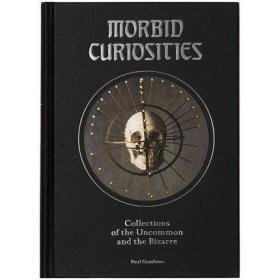
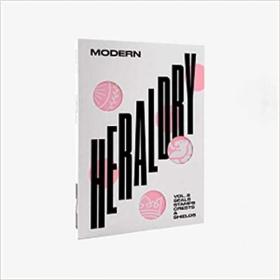

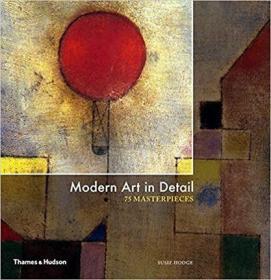




以下为对购买帮助不大的评价